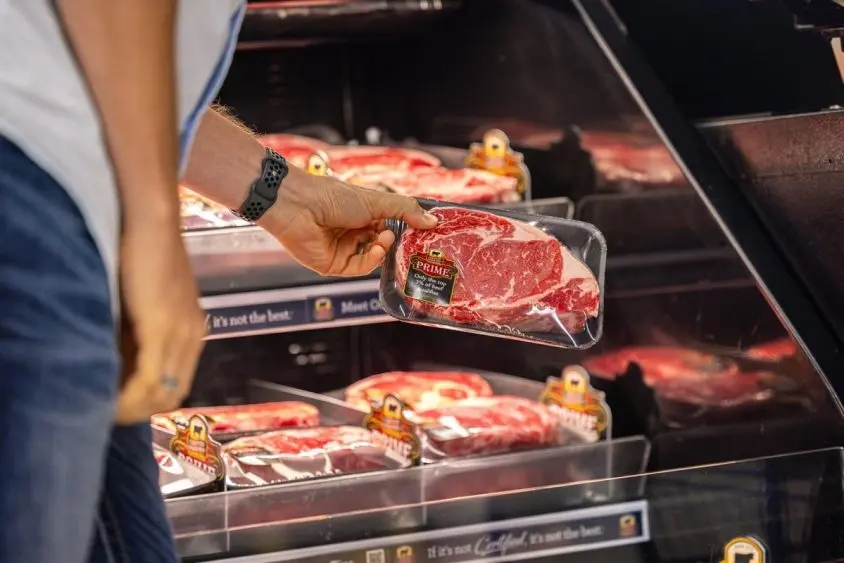By Chevy-Lynn Vaske, K-State Extension news service
MANHATTAN, Kan. — Taking a bite of tender, juicy beef is all part of the dining experience. But what exactly makes beef taste the way it does?
Kansas State University meat science extension specialist Erin Beyer said the answer lies in beef palatability — a combination of tenderness, juiciness and flavor.
Beyer focuses her research on fresh meat quality and cooked meat color. If you’ve seen meat trials conducted at K-State, there’s a good chance you’ve seen her work in action.
As part of her studies, participants evaluate a variety of beef cuts for their sensory qualities.
According to Beyer, meat palatability is often compared to a three-legged stool with tenderness, flavor, and juiciness being the legs. While some factors impact the eating experience more than others, it is the combination of all three factors that is pivotal for that elite eating experience for consumers.
“Tenderness is now considered the second most important sensory property after flavor,” Beyer said. “Flavor is the most complex and opinionated sensory property, with significant differences based on species, cooking method and seasoning.”
“For decades, tenderness was considered the most important palatability trait, but newer research done at K-State indicates flavor is now the most important. While tenderness is the most variable, flavor is the most complex, being impacted by such factors as quality grade, cooking method, or just muscle type,” she said.
Juiciness also plays a critical role in the eating experience. “Juiciness is defined as the initial and sustained moisture in the mouth, impacted by quality grade and cooking method,” Beyer said. Cooking methods, Beyer notes, can dramatically change the palatability of beef.
“There are high-heat methods, such as grilling or broiling, and lower-heat methods like braising or roasting,” she said. “Low and slow methods are best for budget-friendly cuts that are thicker or tougher, like a roast. The collagen in the muscle structure has to break down for the meat to become tender.”
Collagen is the most prevalent protein in the body, and it is found in skin and nails, but also in the connective tissue layers that support muscle structure. Collagen has a rubber band texture and is generally considered to be only soluble in high heat or acid, so when cooking, it becomes difficult to break down.
“The way we accomplish this is with low and slow cooking methods, which gives the collagen molecules time to convert to gelatin that is soft and able to be chewed easily,” Beyer said. “This process is responsible for turning the brisket, one of the toughest muscles in the body, to a fork tender cut.”
Beyer explained some examples of budget-friendly cuts include chuck eye roll, tri tip, flank steak, coulotte and beef plate cuts. These cuts can be roasted in the oven and take around two hours to cook, or smoked for about the same time.
The oven and a smoker will not brown the exterior, therefore, a browning step needs to be included either before or after the low and slow cooking step. This combination will develop the rich and beefy flavor consumers love with a tender roast texture.
Beyer said by understanding how tenderness, juiciness and flavor interact — and how cooking methods affect them — consumers can make the most of every beef cut on their plate.
